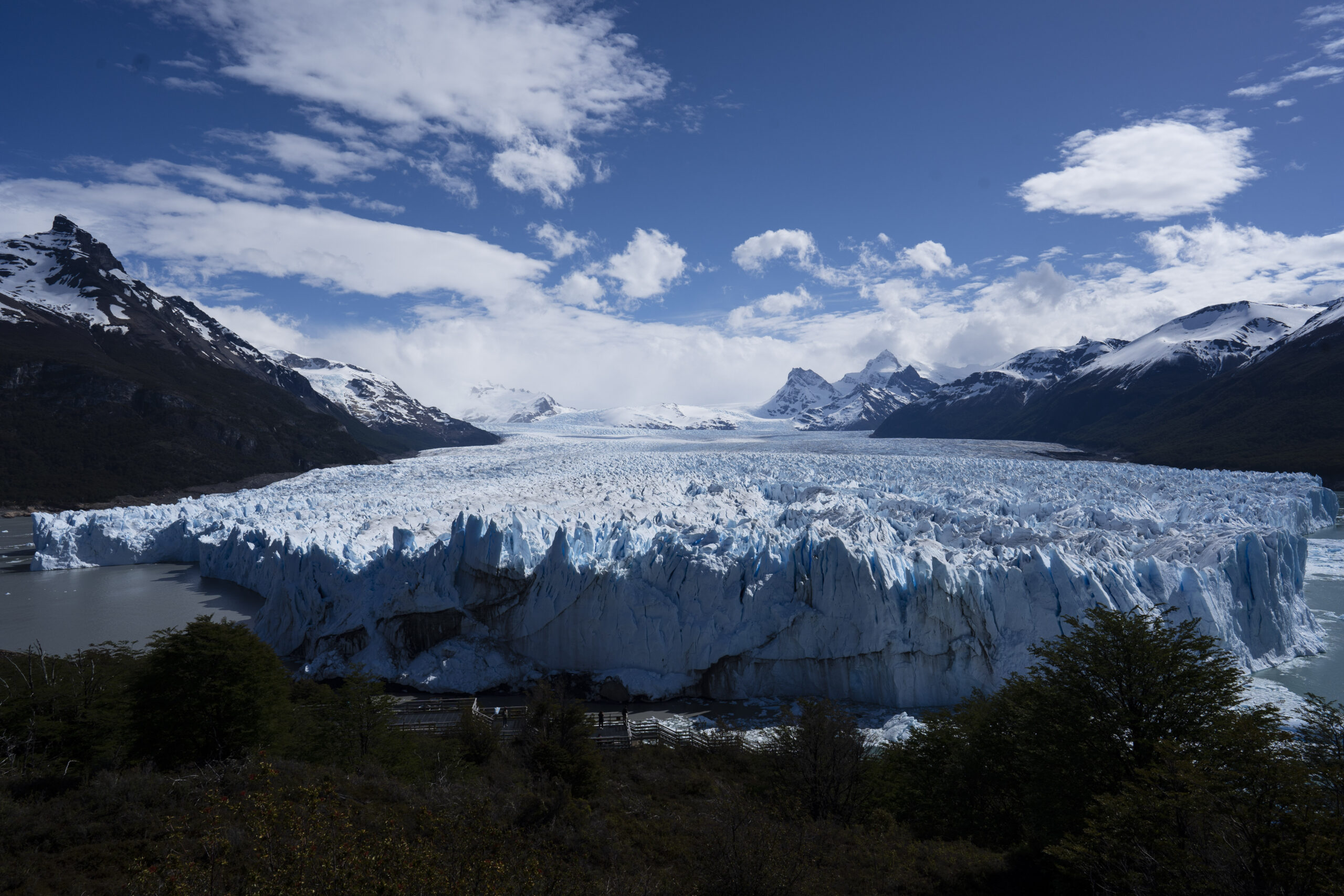I recently had the pleasure of visiting Perito Moreno glacier in El Calafate, Argentina. This is probably the most accessible glacier in the Americas (and maybe the world). Unlike most glaciers, you can hike up close and along the glacier for a few miles. Also unlike most glaciers, Perito Moreno glacier is in a state of equilibrium instead of retreating every year (Roach, 2009). The movement of the glacier is visible from its interactions with the landscape and adjacent Lake Argentino. If you stand along the platforms in the south, you can even get a view of the Andes mountains where snowfall slowly becomes glacial ice over many years. This trip improved my understanding of climate change and its real impact on the world. Besides, glaciers are important enough because they contain almost 70% of all fresh water on earth (usgs, 2018).
This got me to thinking about Maryland–has Maryland ever had glaciers? According to many sources: no, glaciers never reached Maryland. However, Maryland was considered to border glaciers and therefore be affected during the ice age (Douglas, 1992). The closest glaciers reached parts of Pennsylvania as early as 20,000 years ago (Sevon & Fleeger, 1999). Glacial melting helped to form the Susequehanna River valley and shape the Chesapeake Bay as we know it (Douglas, 1992). Meltwater also created Maryland’s only natural lake during that time. Today, all that is left of the lake is Buckel’s Bog in western Maryland (Rosenwald, 2012). Also in western Maryland you can find Cranesville swamp–a frost pocket which is an area much closer to what you would find in Canada (Brown, 1995). Cranesville swamp was also created by glacial melt.
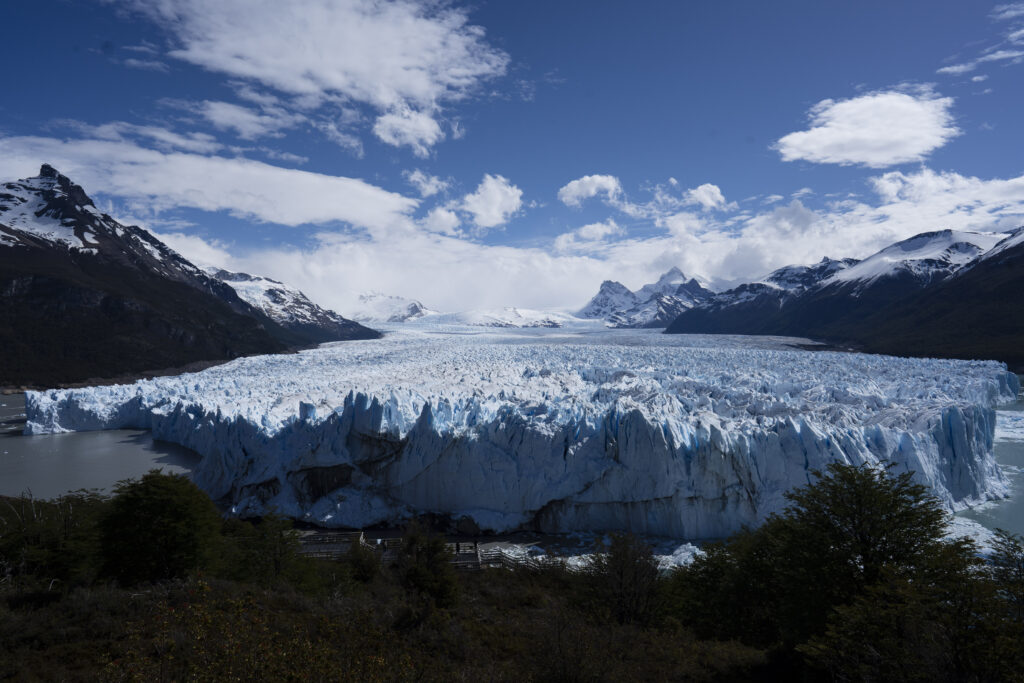
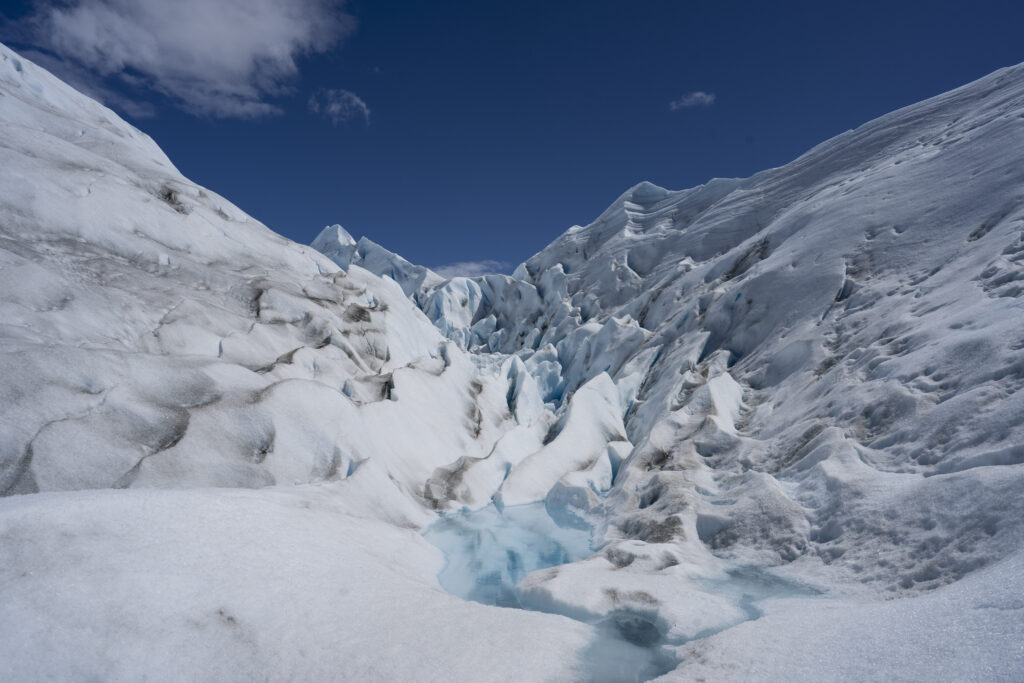
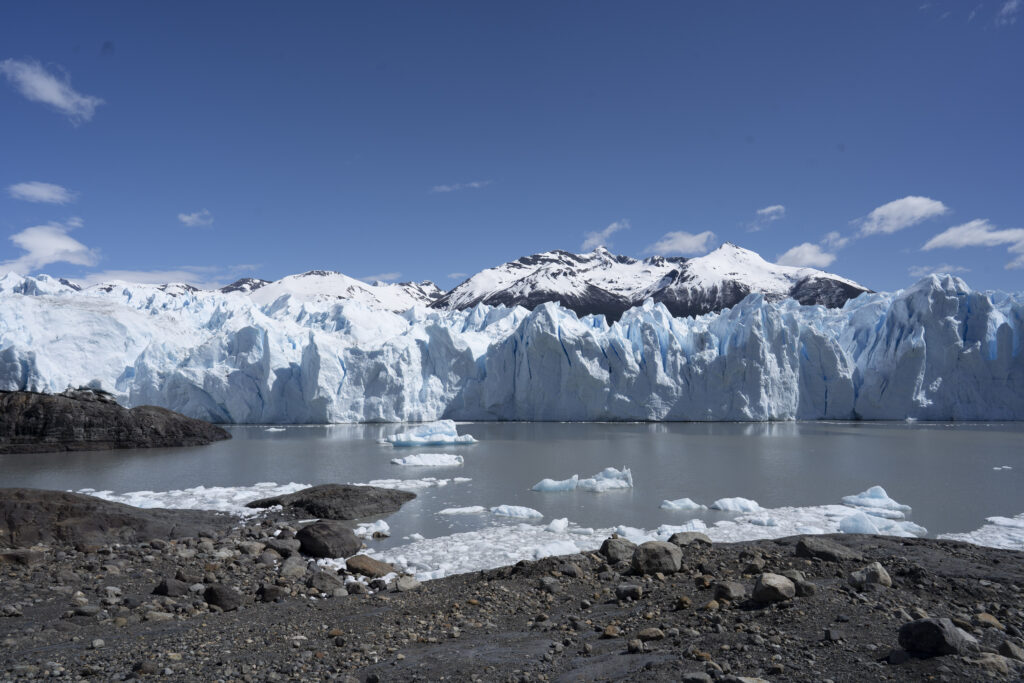
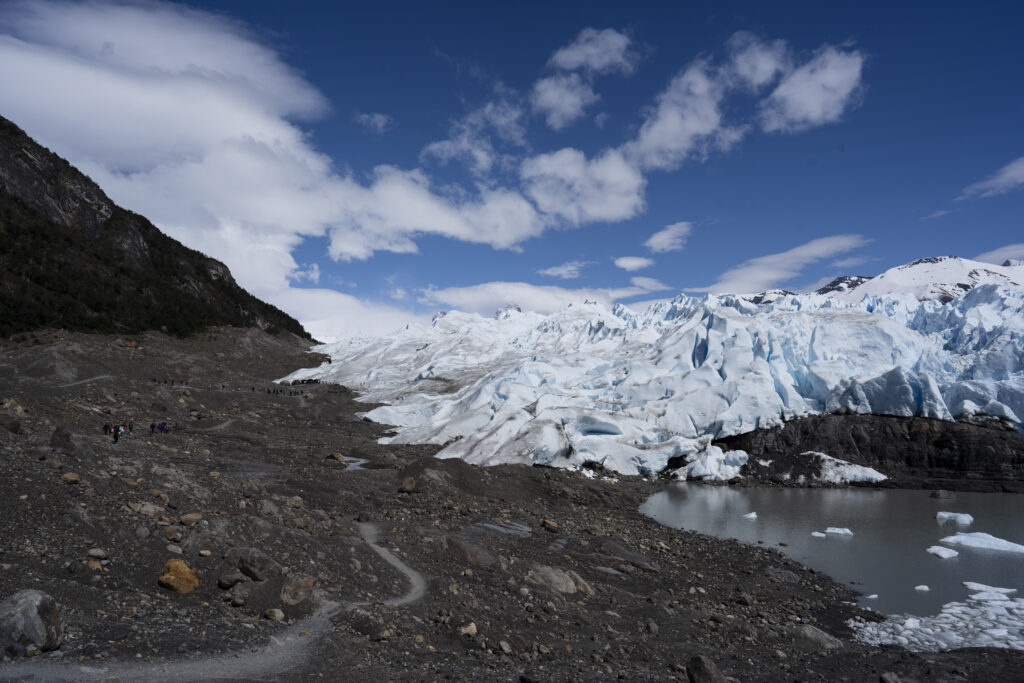
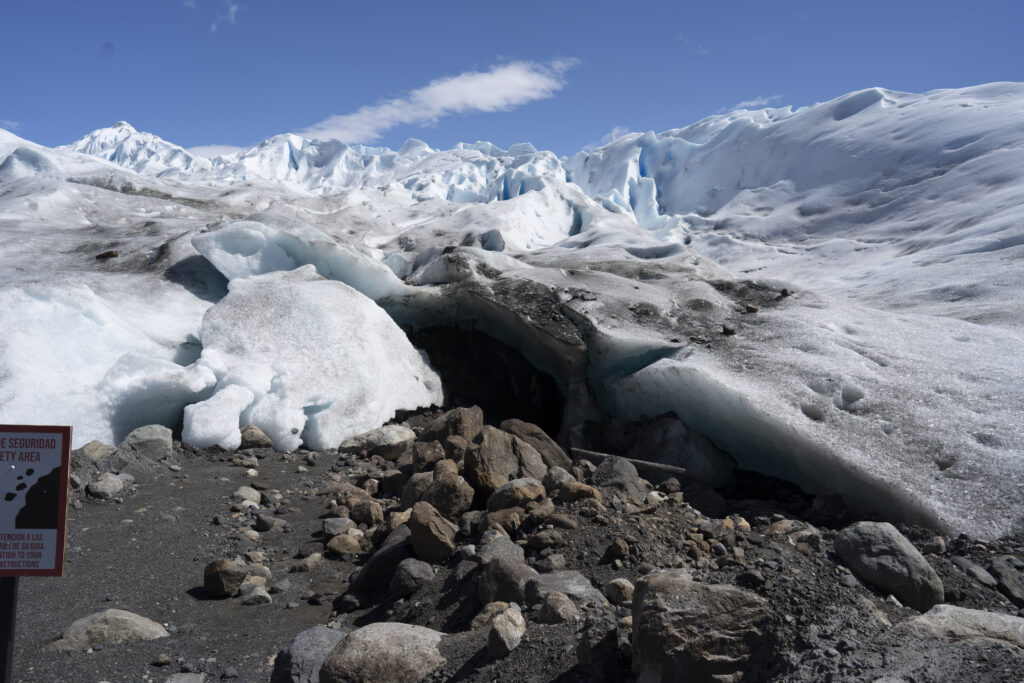
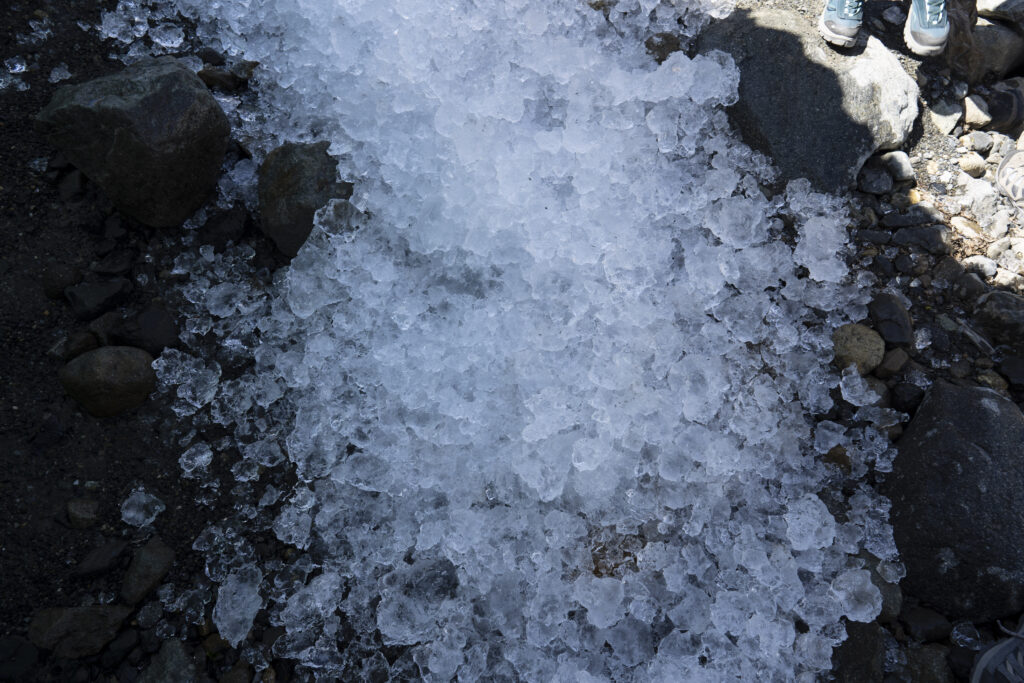
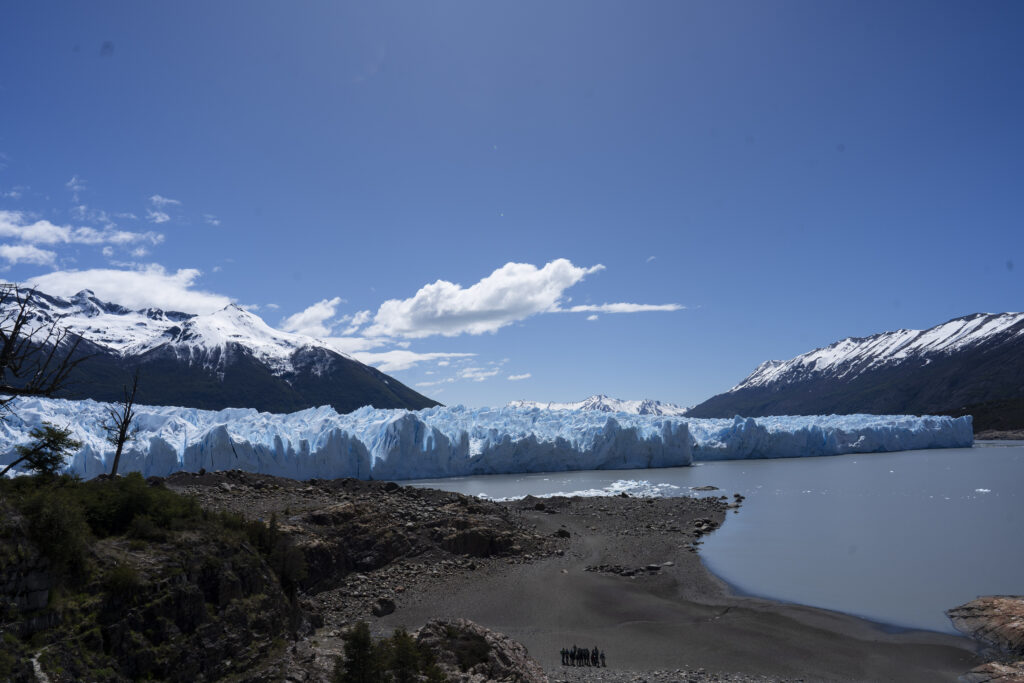
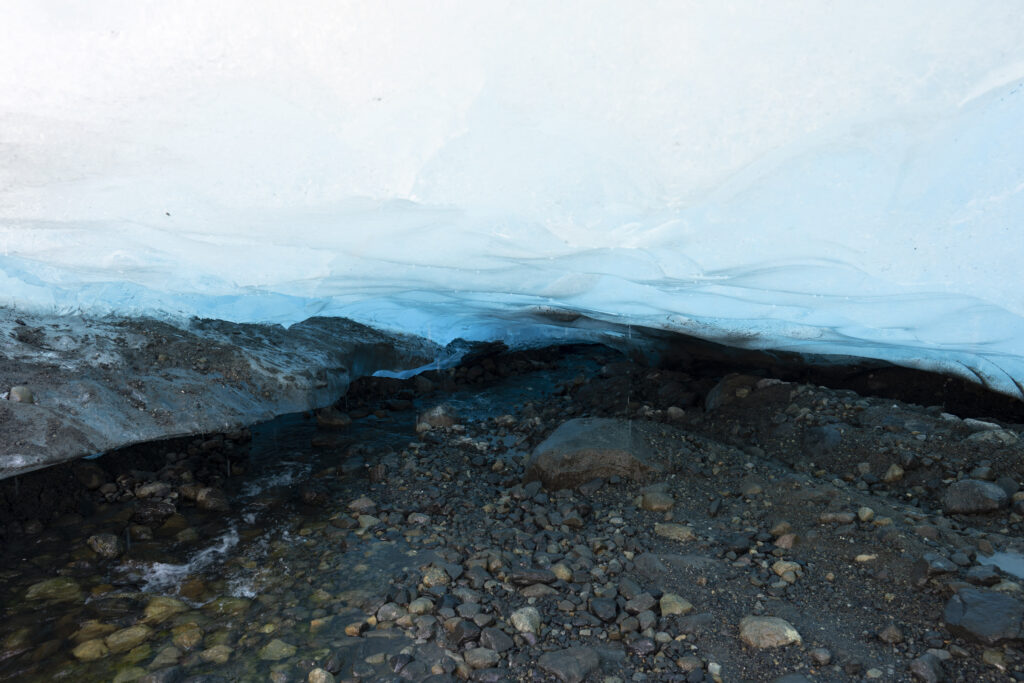
Sources
- Birch, Douglas. (1992, August 15). Harford fossil pit gets world attention: It yields evidence of glacial effects. The Baltimore Sun. Retrieved from https://www.baltimoresun.com/1992/08/15/harford-fossil-pit-gets-world-attention-it-yields-evidence-of-glacial-effects/
- Brown, David. (1995, September 13). REMNANTS OF THE ICE AGE SURVIVE IN MARYLAND. The Washington Post
- Roach, John. (2009, June 22). Mystery Glaciers Growing as Most Others Retreat. Retrieved from http://news.nationalgeographic.com/news/2009/06/090622-glaciers-growing.html
- Rosenwald, Michael. (2012, July 30). Fact: Maryland has no natural lakes. The Washington Post. Retrieved from https://www.washingtonpost.com/blogs/rosenwald-md/post/fact-maryland-has-no-natural-lakes/2012/07/30/gJQAbtgdKX_blog.html
- Sevon, W. D. & Fleeger, Gary M. (1999). Pennsylvania and the Ice Age. Pennsylvania geological survey.
- Water Science School. (2018, June 6). usgs.gov. Retrieved from https://www.usgs.gov/special-topics/water-science-school/science/where-earths-water#:~:text=And%2C%20of%20the%20total%20freshwater,one%20percent%20of%20total%20water.

